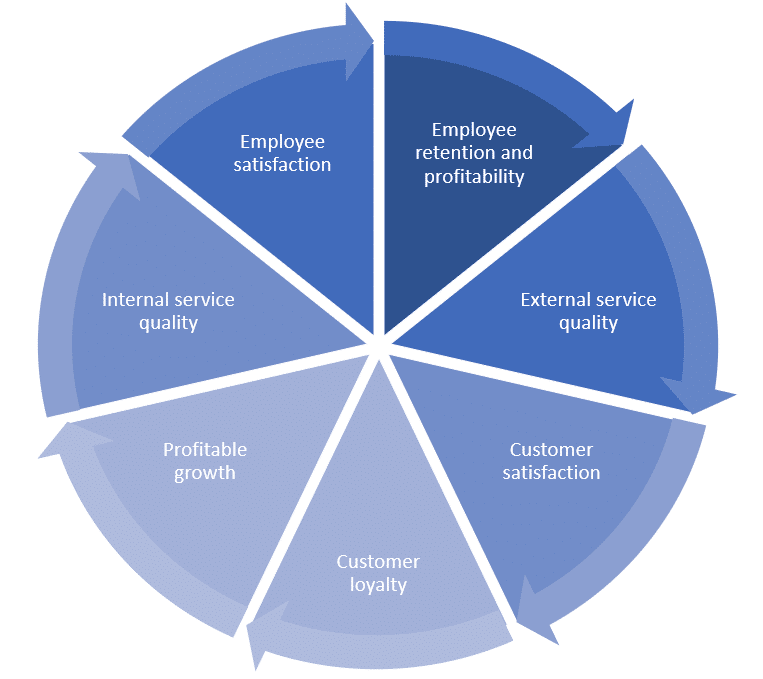Each organisation needs efficient resources to maintain successful business, and these resources need to be effectively managed and allocated. Last week we talked about the benefits of internal communication, which leads into why some organisations will employ an Integrated Marketing Communications (IMC) Manager. This manager will specifically handle the responsibility of communications management and internal marketing. A good IMC manager will ensure that there is a constant flow of communication, both internal and external.
Types of Resources
We can look into four different areas of organisational resources, these are the following:
- Physical Resources – They vary depending on the organisation but for some this will include physical manufacturing capacity, retail outlets and office buildings.
- Human Resources – Is a key resource for every organisation, they include members of staff such as managerial, admin, and specialists. It’s important to remember that when employees are motivated and engaged the performance of the company will be better.
- Financial Resources – This area is usually managed by a financial specialist, and budgets are put in place. A company’s financial resources will include net worth, capital, credit reputation, cash flow and share price.
- Intangible Resources – Is a bit harder to put onto paper, but it a company’s overall image, branding, market reputation and goodwill attitude.
How do we allocate these resources?
Fred Reichheld created a model called the Service Profit Cycle (SPC) in 1996 to demonstrate the links between how the company operates internally and the service performance it offers externally.
The way it works is simple, each linkage on the chain affects the next stage in the cycle:
- Respectable amounts of employee retention and profitability means that they can afford to produce good quality external services to their clients.
- If there is a production of good quality of external services, then we will have happy and satisfied clients.
- If we have satisfied clients then they are likely to be loyal to the brand, become our promoters, are likely to purchase more/ often and recommend services to family or friends.
- If our clients stay loyal, promote the brand, or purchase more from their satisfaction of the service, then we will see a rise in profits. As it’s cheaper to retain customers rather than to invest in new business, this will contribute to the growth of profits.
- If there’s a rise in company profits, this money can be invested into internal growth such as employee recruitment, training, development, recognition, rewards and tools to aid our work and help us do a better job.
- If internal service quality is high, this in turn increases employee satisfaction.
- Employee satisfaction leads to higher employee retention rates.
It is possible that the SPC can also work in reverse, so don’t get caught up in the cycle of going in a singular direction. For example, where there might be a reduction in company profits it will mean that the company must make cuts elsewhere. At every point in the chain there is chance for positive or negative effect e.g. the level of customer satisfaction will affect the level of customer loyalty, if customer satisfaction is high, it will increase customer loyalty; Likewise, if customer loyalty decreased, then profits are also likely to decrease.

